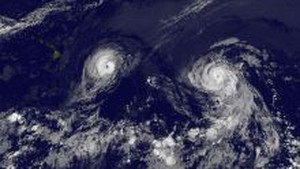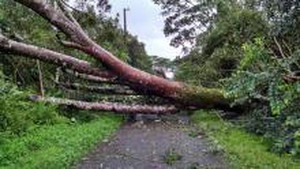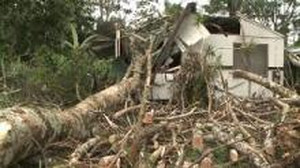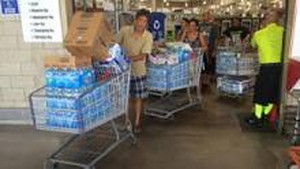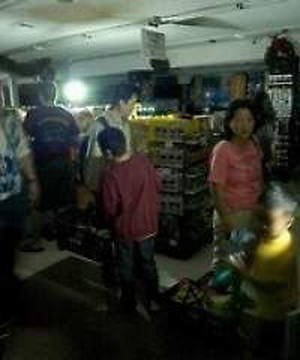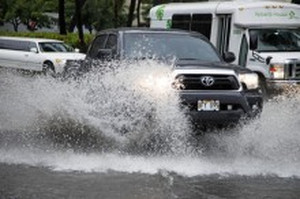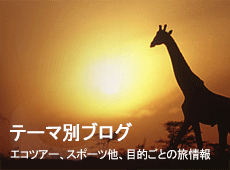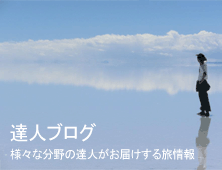Aloha Hawaii Fans.
Today I wanted to share some information about Tropical Storm so you know what is Tropical Storm in Hawaii.
Basically it's a Typhoon in Japan. If it's in Hawaii, it's called Tropical Storm. Tropical Storm season is between May to November.
Now I'm sure many of you have experienced Typhoon in Japan and feel comfortable hearing the word Typhoon and the news on TV or radio is in Japanese. But what happens when your in Hawaii and you start hearing the word Tropical Storm or Hurricane. I'm sure your going to be uncomfortable not knowing what to do or who to ask. So, just to give you some idea what Tropical Storm is, read on.
Tropical Disturbance starts out as Tropical Depression to Tropical Storm to Hurricane.
Here are some of the characteristic for each progression.
It starts out as Tropical Depression: winds near the center are constantly between 23 - 39 miles per hour (20-34 Knots). Then when it's maximum sustained winds reaches between 40-73 miles per hour (35-64 knots), Tropical Depression changes to Tropical Storm and a name is assigned. In Japan, typhoon is given a number but in American Tropical Storm are given Name.
Moving on, next stage would be Hurricane, when sustained wind speed reaches 74 miles per hour (64 knots), storm becomes Hurricane. Hurricane is the strongest tropical cyclones.
Hurricane is broken down into 5 categories.
Category 1: maximum sustained wind speed 75-95 miles per hour.
Category 2: maximum sustained wind speed 96-110 miles per hour.
Category 3: maximum sustained wind speed 111-129 miles per hour.
Category 4: maximum sustained wind speed 130-156 miles per hour.
Category 5: maximum sustained wind speed 157- and higher miles per hour.
Now what kind of damages can these wind cause:
For examples:
Winds between 65-85 miles per hour could cause minor or no damage, peels surface off some roofs, some damage to gutters or siding, branches broken off trees, and shallow rooted trees pushed over.
Winds between 86-110 miles per hour could cause moderate damage, roofs severely stripped, mobile homes over turned or badly damaged, loss of exterior doors, windows and glass broken.
Winds between 111-135 miles per hour could cause considerable damage, roofs torn off well constructed houses, foundations of frame homes shifted, mobile homes completely destroyed, large trees snapped or uprooted, light object missiles generated and cars lifted off ground.
Winds between 136-165 miles per hour could cause severe damage. entire stories of well constructed houses destroyed, severe damage to large buildings (such as shopping malls), trains overturned, trees debarked, heavy cars lifted off the ground and thrown and structures with weak foundations are badly damaged.
Winds between 166-200 miles per hour could cause extreme damage, well constructed and whole frame houses completely leveled, cars and other large objects thrown and small missiles generated.
Winds in excess of 200 miles per hour could cause total destruction, strong framed well built houses leveled off and foundations swept away, steel reinforced concrete structures are critically damaged, tall building collapse or have structural deformations.
Now what does all those number means to guests in Hawaii.
Guests should be concerned with their flights cancellation and delays, optional tours cancellation or not, beaches (high surf), strong winds, heavy rains, debris, potential power outage, flash flooding, large wave near shoreline, news, hotel's emergency procedures, flash light, candles, water, food, stores closing out early, emergency contact number while in Hawaii.
Hawaii is very vulnerable to power outage and heavy rain. When power goes out, you should be looking for flash light, candle, raincoat, get food (water (water goes out fast), something to eat), stores will either close or limit the customer in the store to minimum count to prevent theft.
I've personally experienced Hurricane, category 4 back in 1976 in Guam and it was scary.
Heavy rain, strong winds, flooding, power outage, flights cancelled, optional tours cancelled, cars rolling in the parking lot, debris flying, coconuts tree debark, telephone break 10 - 15 in row's, my bedroom window frame pushed into the room, hotels window, lanai doors glass broken and due to difference of pressure in the room and outside, everything in the room gets sucked outside. High surf washed out beach bench, slept in the hallways, no food, no water, no public restroom, sweat and smell, live electric lines down and martial law.
Government banned Tourism for next three month for recovery period. This is when I moved to Hawaii.
Since I moved to Hawaii, there was couple of Hurricane that sticks out, Hurricane Iwa category 5 and Iniki category 4, both hurricane left huge damages.
This 2014, we had Hurricane Iselle category 4, Iselle hit Big Island first and it slowed down and changed course so Oahu did not get big damages.
My advise, respect the power of nature and I hope this information would help a little to determine what you should expect at different stage of Tropical Storm.



 テーマ: ハワイの自然
テーマ: ハワイの自然





